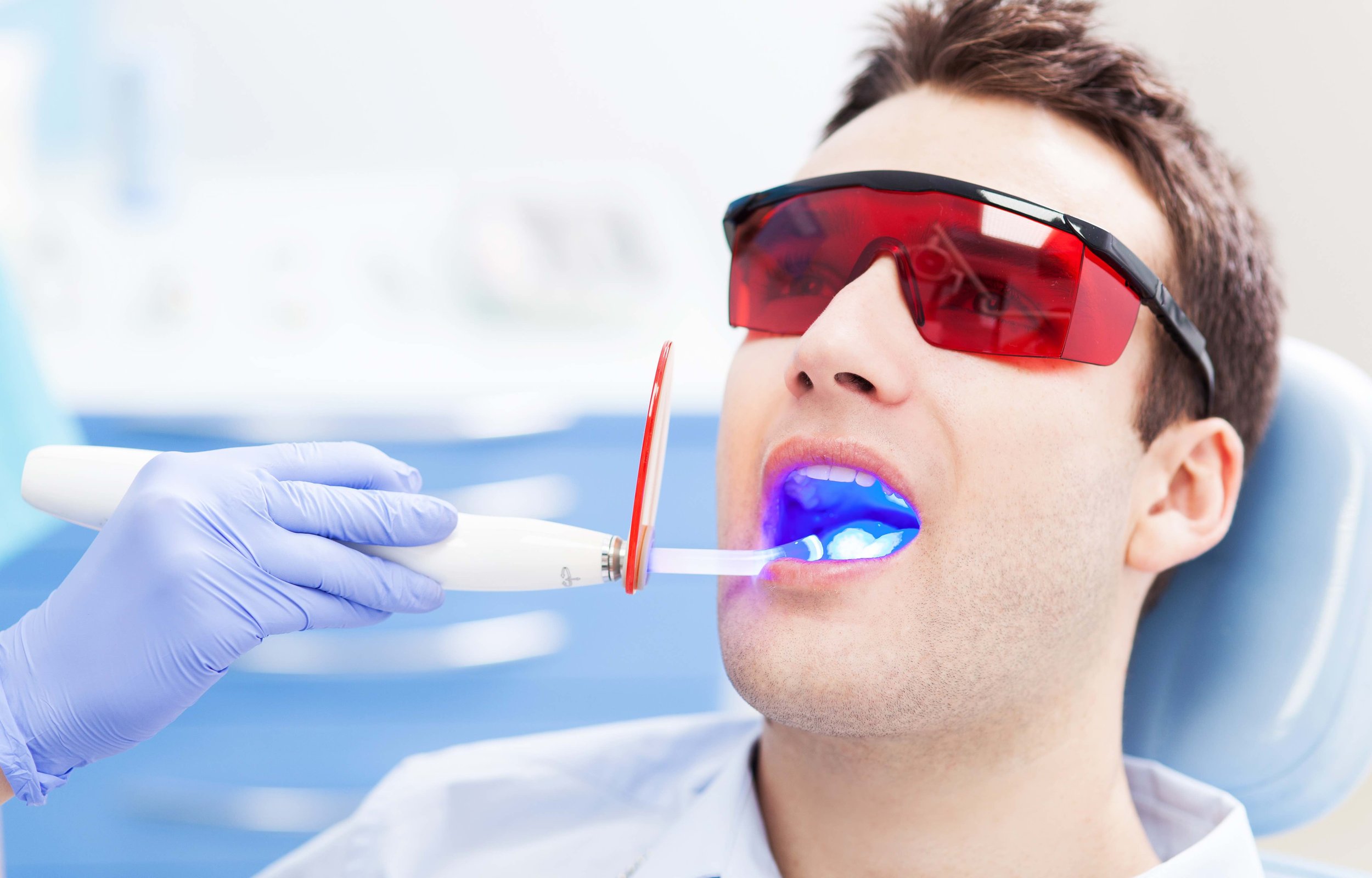
Adults (18-60)
Have a cavity? Or just want to protect your get your next teeth cleaning or teeth whitening at the #1 dental practice in Newport Beach? Schedule your appointment with Green Dental Medicine today!
-
Roughly 90% of carious lesion (cavities) are found in the pits and fissures (grooves) of permanent back teeth, especially molars. (Journal of Public Health Dentistry, Mar 2003). Most adults had sealants placed when they were children. Due to normal wear and tear, these sealants are often no longer evident but these teeth are still susceptible to carious lesions. Research has shown that dental sealants are highly effective in preventing dental caries. They have been shown to reduce pit and fissure (grooves) cavities by 60% from 2-5 years after placement. (American Journal of Preventive Medicine, 2002)
-
Any type of toothbrush is good for cleaning your teeth. Some, however, have additional benefits that can better effectively help clean your teeth. It has been shown that powered brushing can project fluid and bubbles in a turbulent jet beyond the bristles to remove plaque. Additionally, sonic brushing increases the Fluoride delivery to these remote areas. (Oral Health Preventive Dentistry. Feb 2004)
-
Yes. Most bottled water has fluoride in it, however, the majority of bottled waters do not contain the ideal range of fluoride (0.7-1.2 ppm) for the prevention of dental caries (cavities). As a result, people who substitute bottled water for tap water may not receive enough of the anti-caries benefits from fluoridate tap water. (Journal of the Academy of General Dentistry, Jan/Feb 2009)
-
Fluoride permeates into your enamel and reacts with it to create a less soluble (less able to be dissolved) substance that can better resist the acid produced by the bacteria in your mouth.
-
Tap water (most cities fluoridate their water) and toothpaste are the two primary sources one gets Fluoride externally. Internally, your saliva continues to provide Fluoride assuming you have enough in your body.
-
Recent reports have had children as young as 12 developing oral cancer. (Journal of the Academy of General Dentistry, Jan/Feb 2008)
-
Oral Squamous Cell Carcinoma (OSCC) risk factors are closely related to tobacco and alcohol use and a genetic predisposition. OSCC is also related to HPV, marijuana use, and periodontal disease. (Journal of the Academy of General Dentistry, Jan/Feb 2009) According to the Oral Cancer Foundation, 34,000 people in the U.S. are diagnosed with Oral Squamous Cell Carcinoma every year and this contributes to 8,000 deaths each year. (Oralcancerfoundation.org, Oct 2008)
-
Periodontal Disease has been studied as a risk factor for cardiovascular (heart) and cerebrovascular (brain) diseases, respiratory (lung) diseases, adverse pregnancy outcomes, and poor metabolic control in patients with diabetes mellitus. (JADA, Oct 2008)
-
Take good care of your teeth every day and have regular dental checkups. According to the current ADA guidelines here's how to keep your teeth and gums healthy: 1) Brush your teeth well twice a day 2) Cleaning between your teeth with floss or inter-dental cleaners will remove bacteria and food particles from between the teeth, where a toothbrush can't reach 3) Eat a healthy well balanced meal 4) Visit your dentist regularly.
